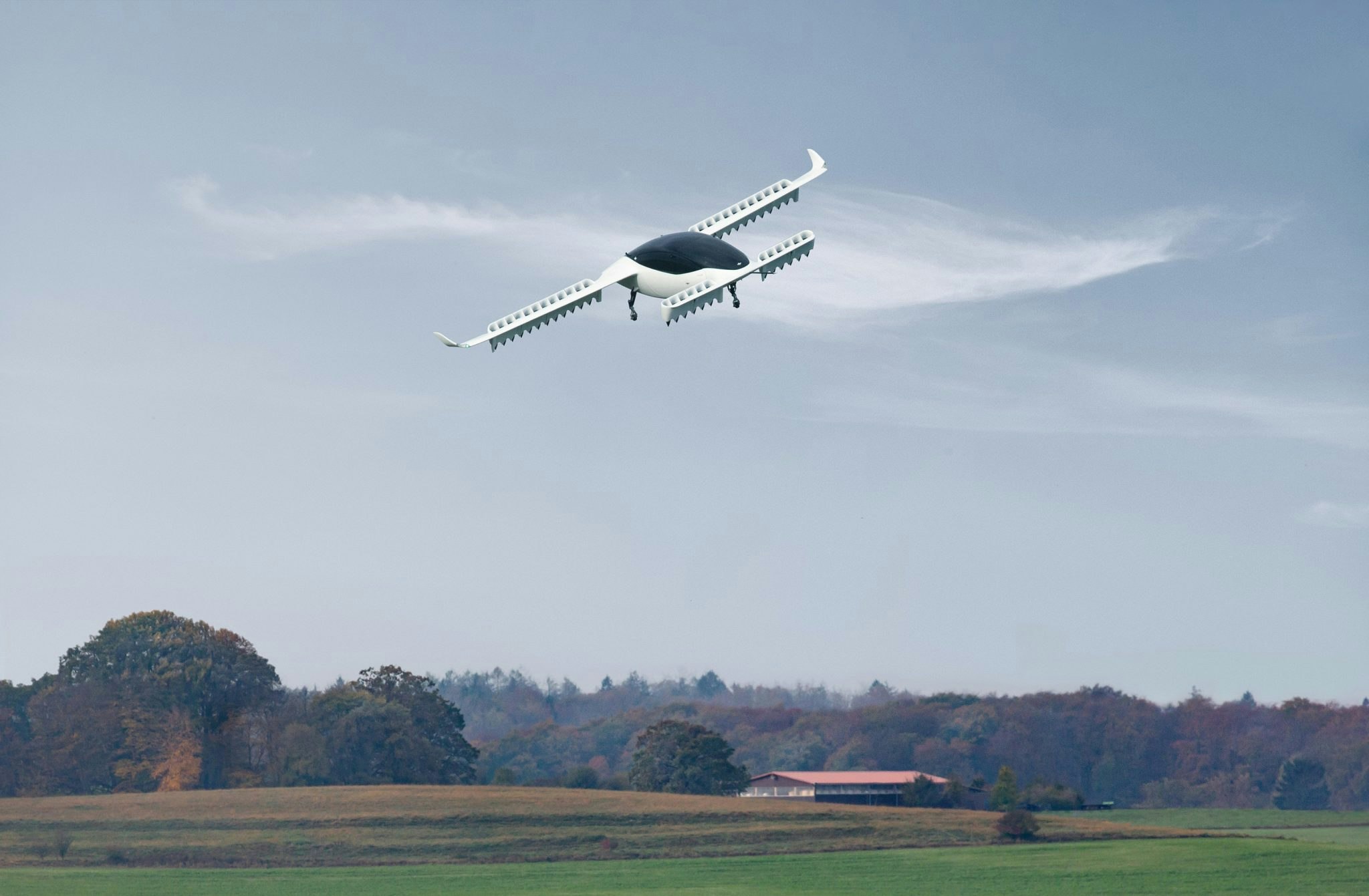Flying taxi company Lilium has been promising to get services up and running by 2025 but up to now hasn’t been specific about exactly where passengers might be able to catch a flight.
Now it is becoming clearer — the company has just agreed with Düsseldorf Airport and Cologne Bonn Airport that they will explore how to turn the two airports into regional air mobility hubs for the North Rhine-Westphalia region.
“It is not a completely done deal, there are still a few challenges to work through,” said Remo Gerber, chief operating officer of the Munich-based startup. “But everyone has agreed that we can do this and that it can be commercially viable.” The two airports have spent nearly two years assessing the feasibility of the plan.
This was probably one of the toughest markets in the world to agree a hub. If we can do it in Germany we can establish hubs elsewhere.
“This was probably one of the toughest markets in the world to agree a hub,” Gerber told Sifted. “It has involved a lot of rigorous studies. But this is our home market and we wanted to show that we could do it here. If we can do it in Germany we have confidence we can establish hubs elsewhere.”
Some of the finer detail still needs working out — for example, landing slots and how Lilium’s vertical take-off and landing craft should approach the airports to avoid clashes with other air traffic.
But the scheme has the blessing of Hendrik Wüst, Transportation Minister of North Rhine-Westphalia. "What sounds like science fiction today may soon be reality,” he said. “In the federal state with the highest mobility needs, smart ideas for better mobility are always welcome.”
With European air traffic still down some 50% from last year because of the Covid-19 crisis, airports may have become more willing to embrace novel transport. Cologne and Düsseldorf airports will be building terminals
Starting vertical take-off and landing services from airports will be an easier route into building public acceptance. Communities around airports are already used to air traffic. The harder part will be to establish hubs in city centre locations, where there could be more public resistance to noise pollution.
“Over time we want to build out the network so we will be landing in other places as well, such as on top of railway stations. But this is likely to be later, when people have had a chance to get used to the services and to see what they can do,” says Gerber.
Unlike some eVTOL rivals which are aiming at mainly short, intra-city hops, Lilium is aiming at the market for longer distance, regional travel between cities. It claims the 5-seater electric aircraft will be able to fly some 300km, making them a viable alternative to inter-city trains, for example.
**



